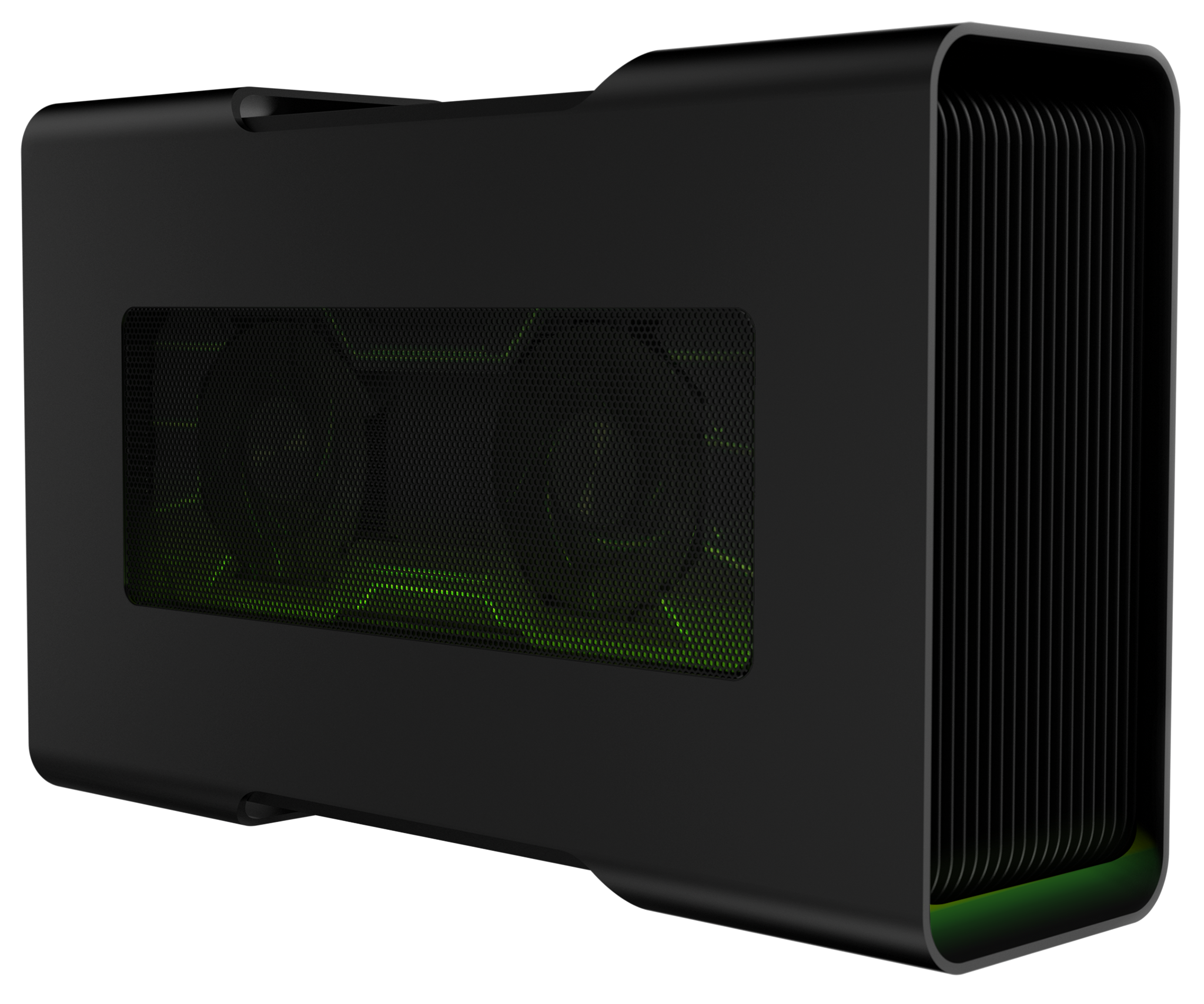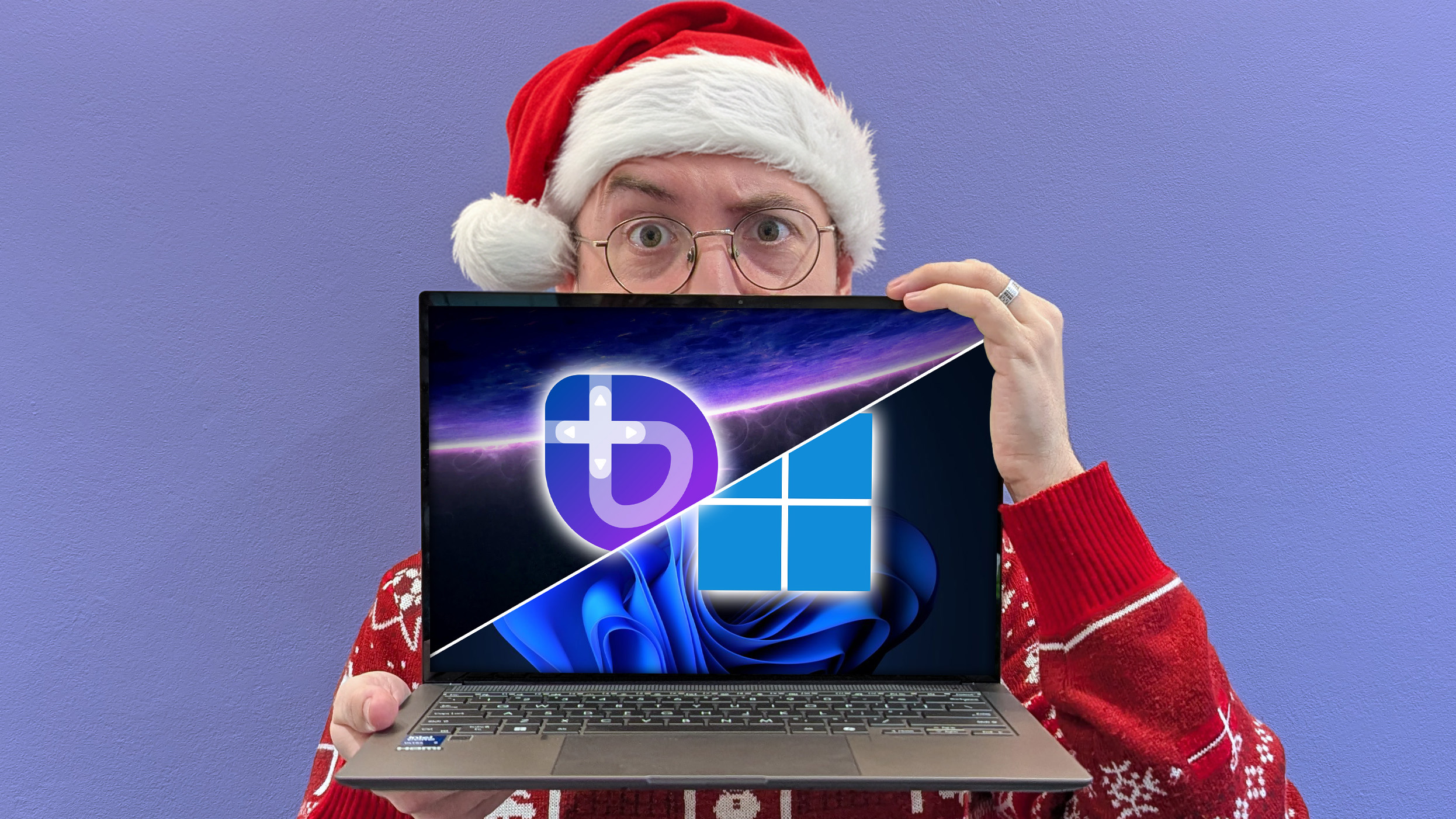The Razer Core adds desktop-class graphics to Razer's slick new ultrabook

Razer's new Blade Stealth ultrabook may lack a little in the graphics department, but announced alongside it at CES 2016 is this: the Razer Core. This Thunderbolt-attached box brings desktop-class graphics power to your gaming experience on the laptop. In short, the Razer Core allows you to use a full sized, desktop graphics card with your Blade Stealth laptop.
It's not exactly portable (nor a new idea; Dell did the same in 2015 with their Alienware gaming line), but it's an interesting idea all the same. What you get in the Blade Stealth is one of the most powerful ultrabooks money can buy. It's slim, light and highly portable while still having options for a 4K display, but it lacks a dedicated GPU. Hook it up to the Razer Core at home and maybe even an external monitor or two and what you suddenly have is a powerful gaming PC. The best of both worlds.
The Razer Core connects with a single Thunderbolt 3 cable (using the same port as USB-C) for both power and data, and it can accommodate virtually any desktop AMD or NVIDIA graphics card available today. The aluminum housing opens with ease and it just takes a single screw to attach the graphics card. So if you want a GTX980ti for when you're gaming but a slim, powerful ultrabook for when you're on the road, here you are.
Additionally, the Razer Core adds four USB 3.0 ports and Ethernet — and it's a true plug-and-play accessory.
"Before today, gamers needed a portable system for everyday work and a separate desktop computer to power their PC games at the highest level possible," says Min-Liang Tan, Razer co-founder and CEO. "For the first time ever, there is no need for two separate systems. The Razer Blade Stealth offers the portability of an Ultrabook with the scalability to play hardcore games with desktop graphics performance thanks to the Razer Core. Furthermore, the Razer Blade Stealth starts at just $999 –which is significantly lower than any other comparable laptop in its class."
The difference between this and Dell's Alienware setup is small, but still noticeable. Dell's smallest offering is the Alienware 13, which is still an all-out gaming notebook. It's pretty thick, a little on the heavy side and isn't going to give much in the way of long battery life when you're on the go just want to use it as a laptop. Razer's setup gives you a high-end thin-and-light ultrabook for when you just need a laptop and a beefy gaming system when you're at home.
As of this moment pricing and availability has yet to be announced, but needless to say the Razer Core is an idea we're liking the sound of.
The Razer Blade Stealth makes a case to be the 'ultimate Ultrabook'
All the latest news, reviews, and guides for Windows and Xbox diehards.

Richard Devine is a Managing Editor at Windows Central with over a decade of experience. A former Project Manager and long-term tech addict, he joined Mobile Nations in 2011 and has been found on Android Central and iMore as well as Windows Central. Currently, you'll find him steering the site's coverage of all manner of PC hardware and reviews. Find him on Mastodon at mstdn.social/@richdevine
